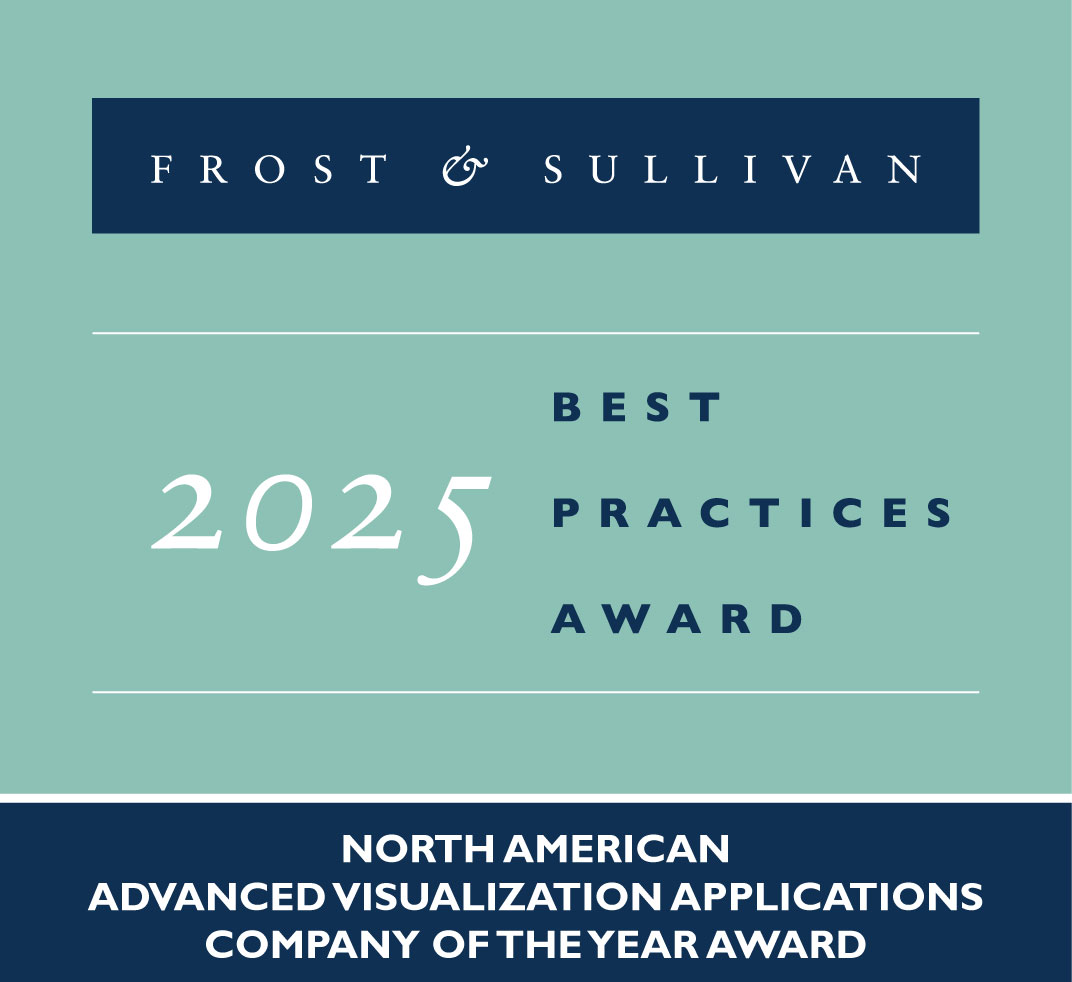According to a report published by the National Association of Insurance Commissioners (NAIC), the US auto insurance market has been growing steadily at 3.5% annually over the last 3 years, with a 2014 market size of about $186 billion. The main reason for this growth can be attributed to auto insurance mandates in many states. In states without these regulations, if an uninsured vehicle causes injury or property damage, the owner could be held liable.
On average, Americans spent close to $900 in 2014 to insure a vehicle — a 12.5% increase over the 2011 cost. This increase is directly attributed more physical damage and medical claims, despite a drastic reduction in crash injury severity over the years. A recent National Highway Traffic Safety Administration report found that the number of traffic fatalities in 2014 declined 0.7% from the previous year to 32,675, while the number of injuries in vehicle crashes increased by 1.3% to 2.34 million. Studies by US industry regulators found that driver-related behavior such as driving under the influence of alcohol, running a red light, speeding, distracted driving, and fatigue accounted for about 93% of traffic fatalities in 2013.
At present, insurance premium calculations place greater importance on driver-related factors such as age, gender, driving record, and claim frequency. Vehicle- and usage-related factors such as make, model, and type, annual mileage, locality, and amount of coverage required were less important. The primary reason behind insurance claims is likely to change in the wake of autonomous driving. Removing the driver from the loop eliminates nearly 9 in 10 chances of a road accident. By using sensing capabilities and software to choose a safe speed and best route and to avoid unnecessary acceleration, autonomous vehicles could drastically reduce the number of fatalities and pave the way for a safer, greener, and leaner commute. By eliminating a majority of risk that is associated with a human driver, autonomous vehicles could reduce the vehicle insurance risk and, in turn, significantly reduce insurance premiums. More advanced safety features, such as collision avoidance and autonomous emergency braking systems, have already had a profound effect in crash reduction and insurance premiums.
According to Thatcham Research, a car fitted with autonomous emergency braking (AEB) technology can cut the cost of insurance by nearly £80 (about $115). For example, Volvo City Safety is an AEB system designed to help a driver avoid a low-speed crash or reduce its severity at speeds up to 30 mph. Volvo City Safety is capable of reducing claim frequency for bodily injury by 33%, property damage by 15%, and collision damage by 20%, and gets an insurance premium discount of 20%, according to research by the Highway Loss Data Institute.
Even though autonomous vehicles are capable of avoiding crashes, accidents cannot be eliminated. Stray causes such as technical glitches, road and weather conditions, and component failure could still play a role. Any such accident is likely to be severe and also the associated liability is likely to increase thereby offsetting the discount in premium that these cars offer.
From the existing driver-centric model, the road ahead for auto insurance splits into three routes: product-centric, depending on the type of vehicle; brand-centric, depending on whether the brand is an automaker or a disruptor (e.g., Google); and system-centric, when the system architecture varies significantly across models. In these scenarios, the onus relating to insurance premiums shifts from the driver to the manufacturers. A large fraction of the risk associated with a vehicle would be absorbed by product and system reliability rather than on driver’s ability to avoid crashes.
Going forward, with the introduction of autonomous vehicles we expect the auto insurance market to shrink due to reduction in insurance premiums. Original equipment manufacturers and software providers are expected to consider insurance as a product liability and are expected to share more of the liability burden, which could reduce vehicle owners’ insurance premiums. Autonomous vehicle aspects such as driving software, cybersecurity, and control systems are expected to be key factors in premium calculations.
Auto insurance as we know it is likely to shift its customer base from retail consumers to large automakers and their suppliers. The need for manufacturers to acquire liability coverage for their algorithms, products, and systems would keep the insurance industry afloat. Auto insurance is here to stay, although a paradigm shift in its business model is inevitable once autonomous driving becomes a day-to-day reality.




